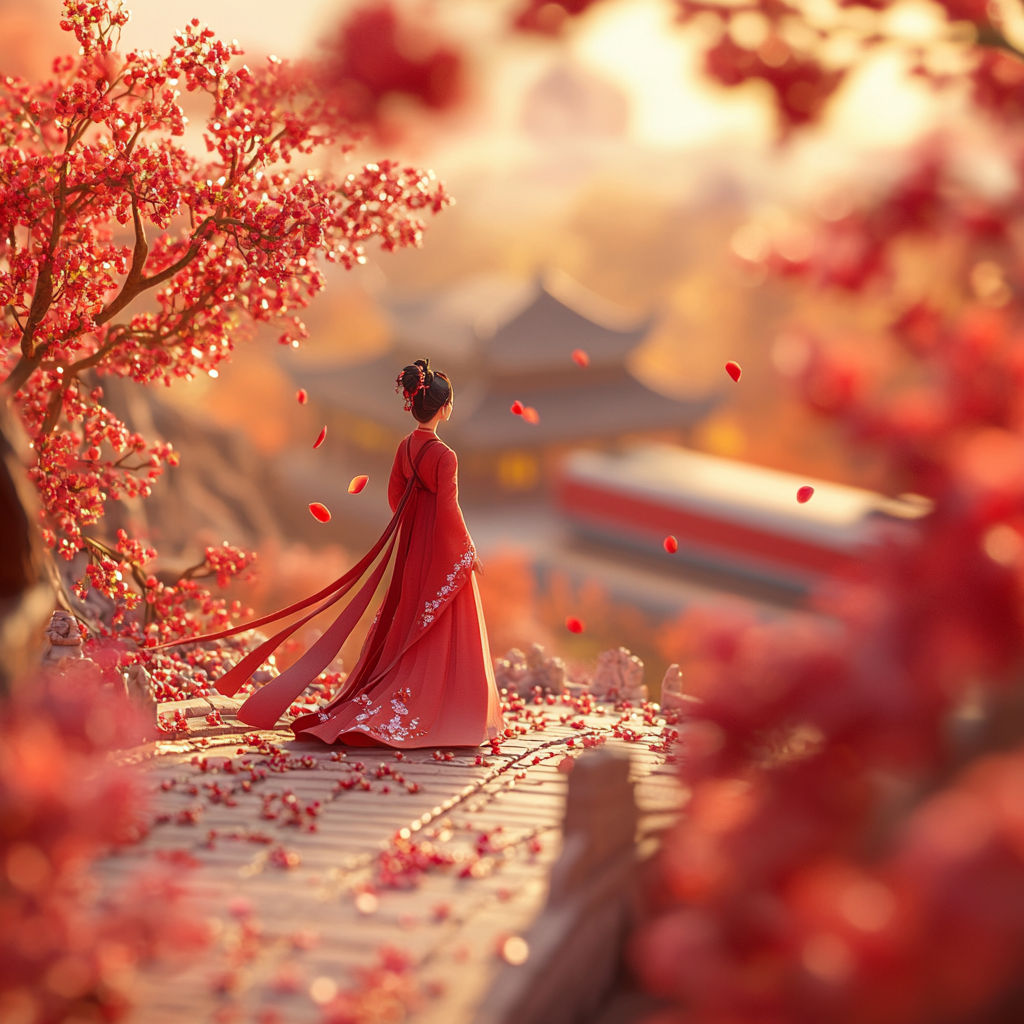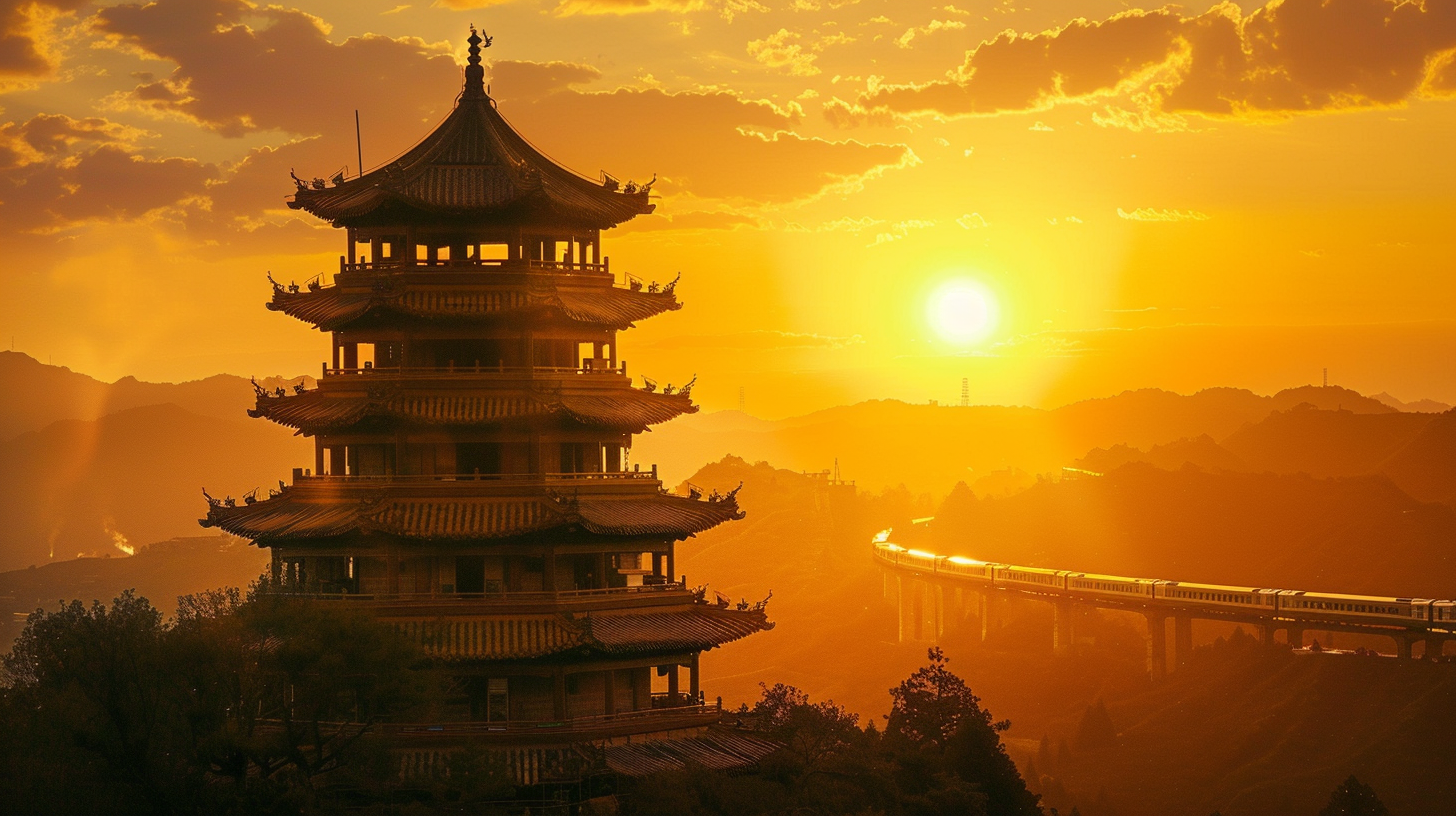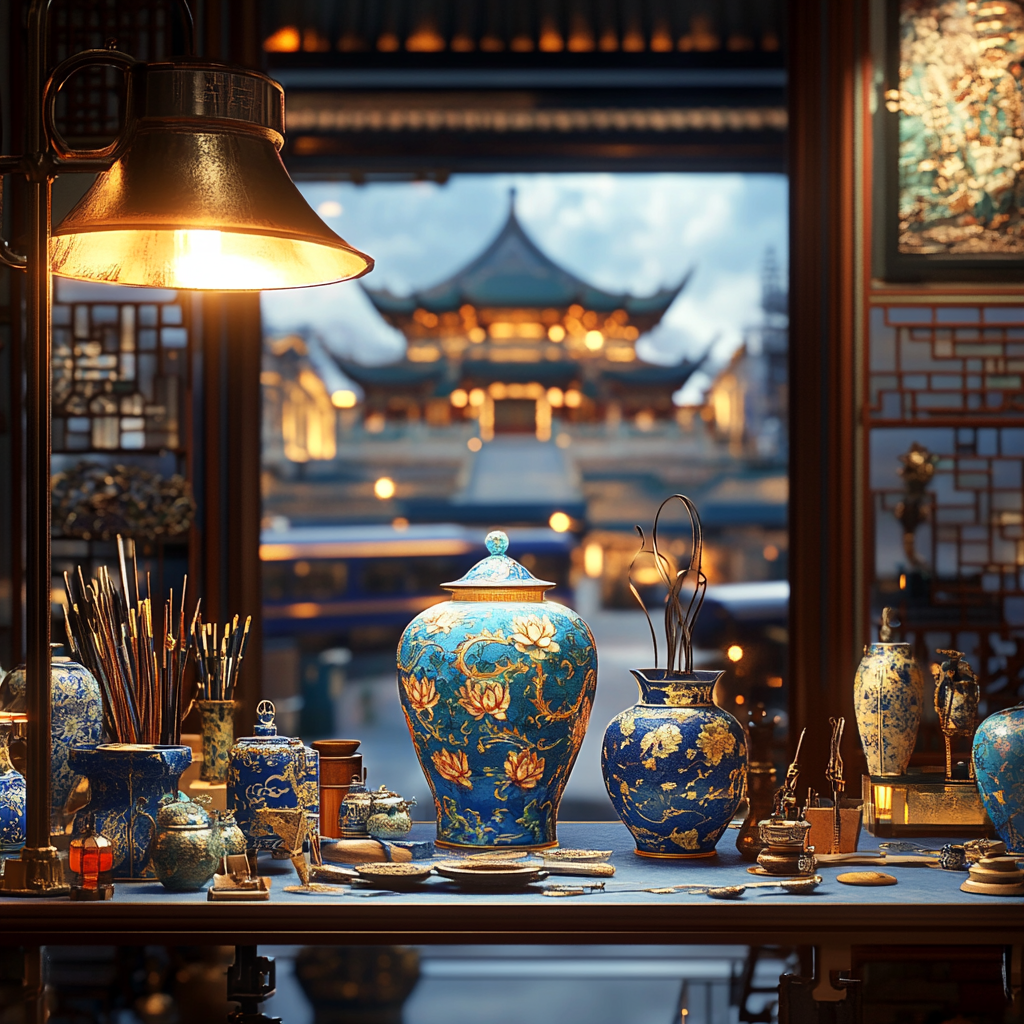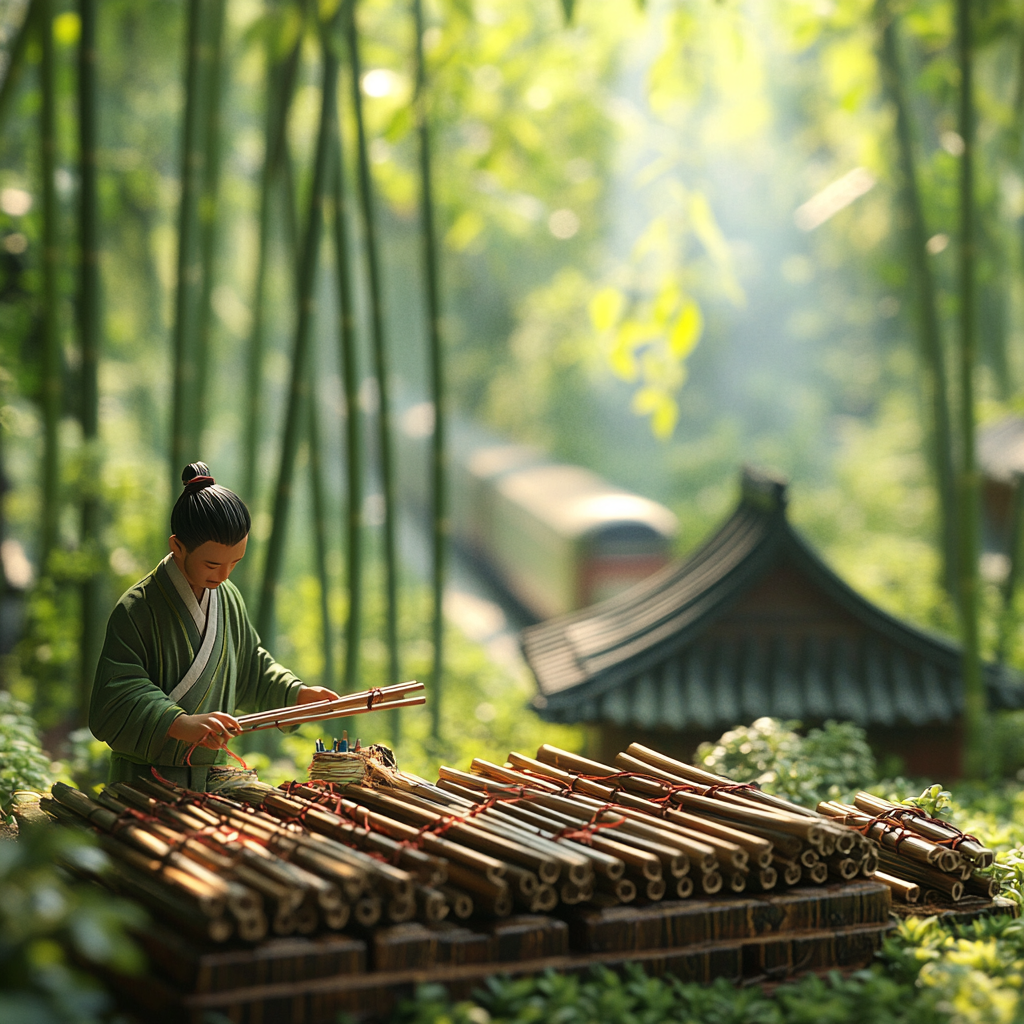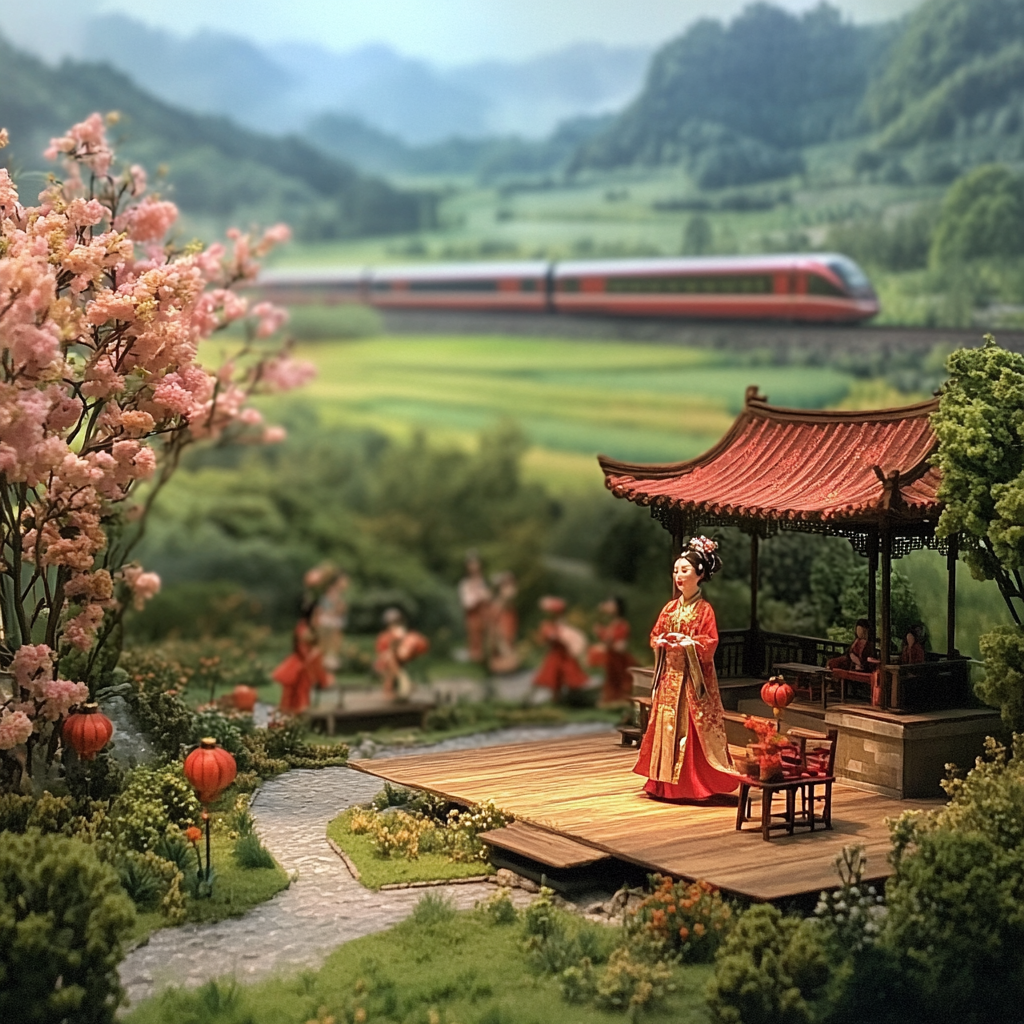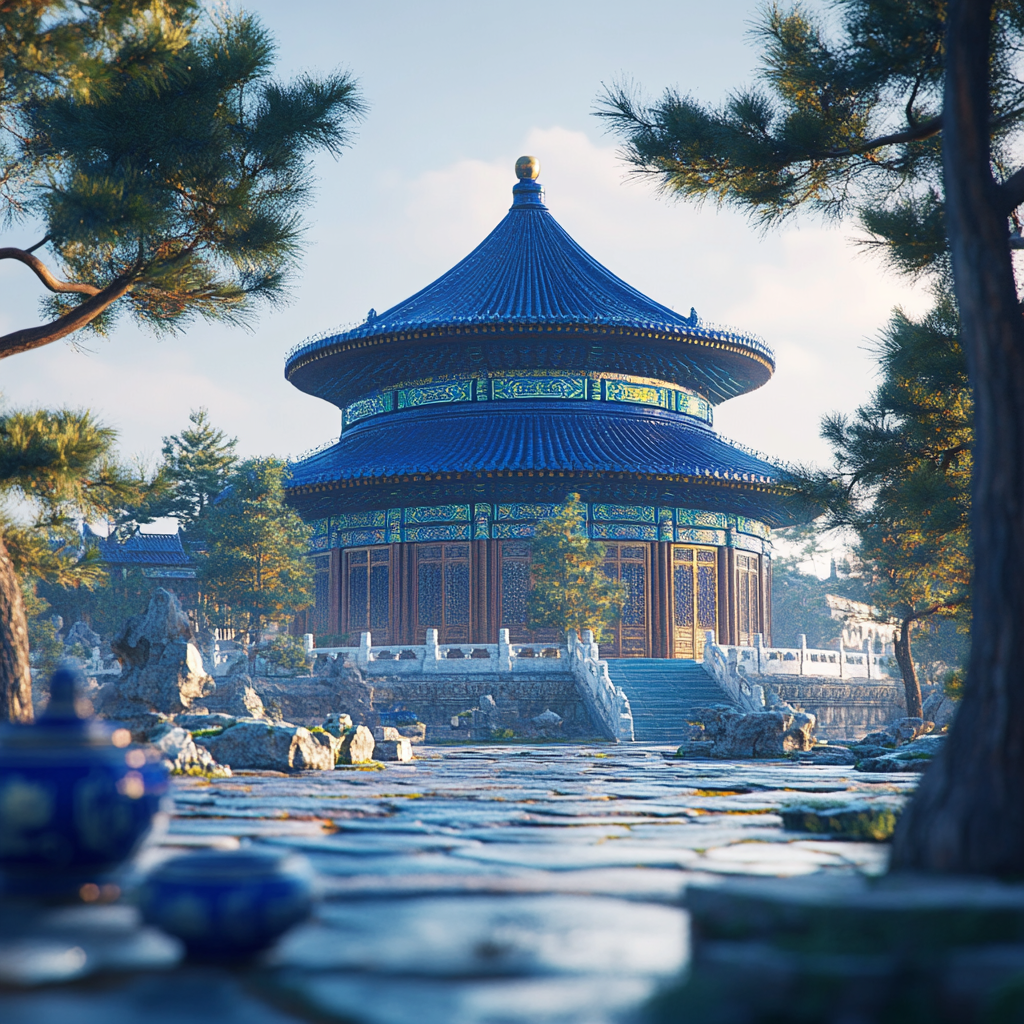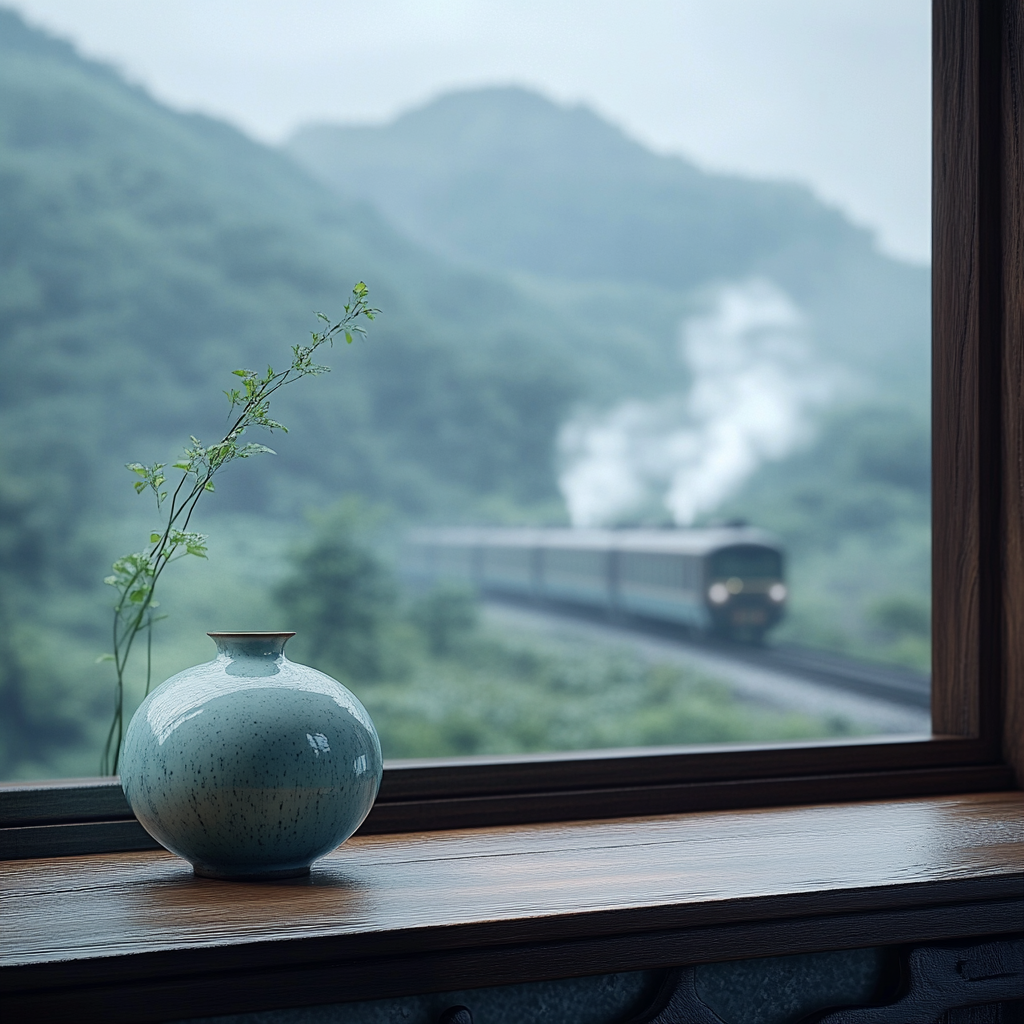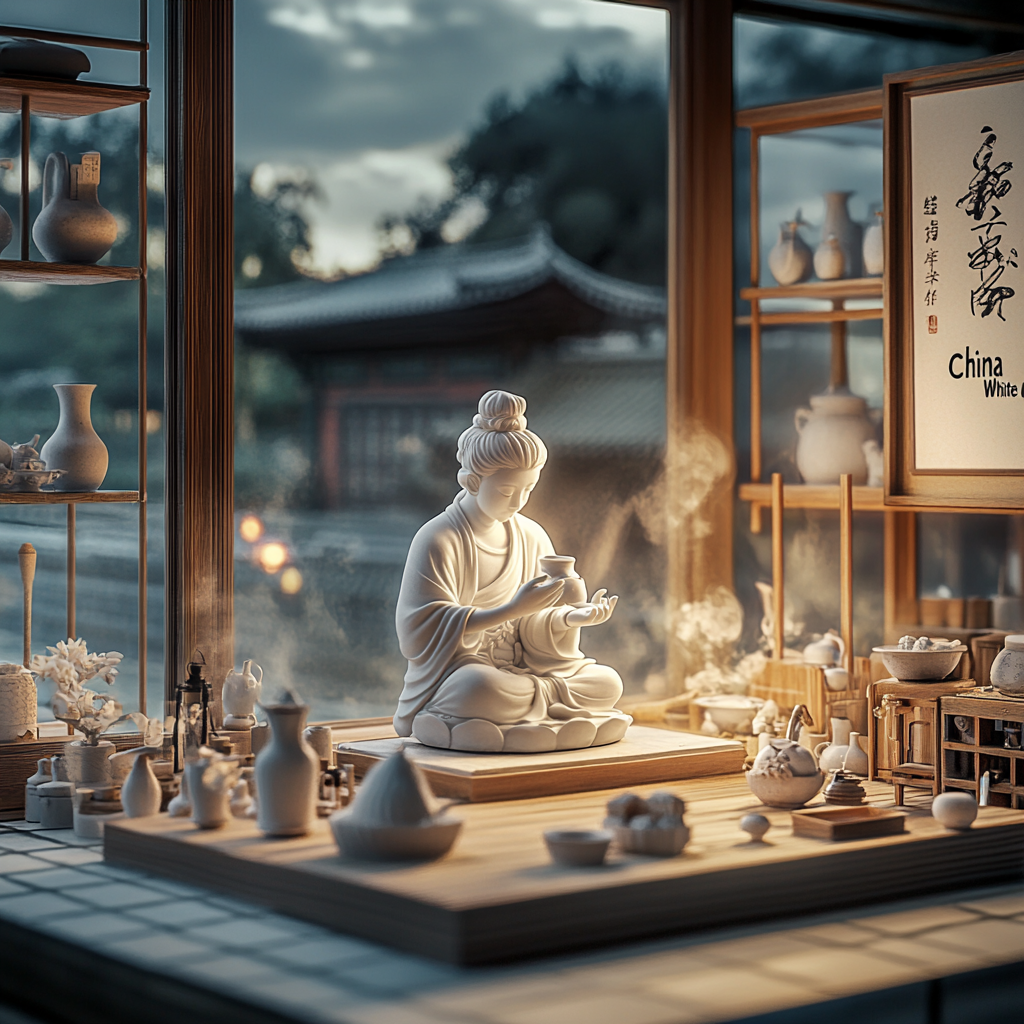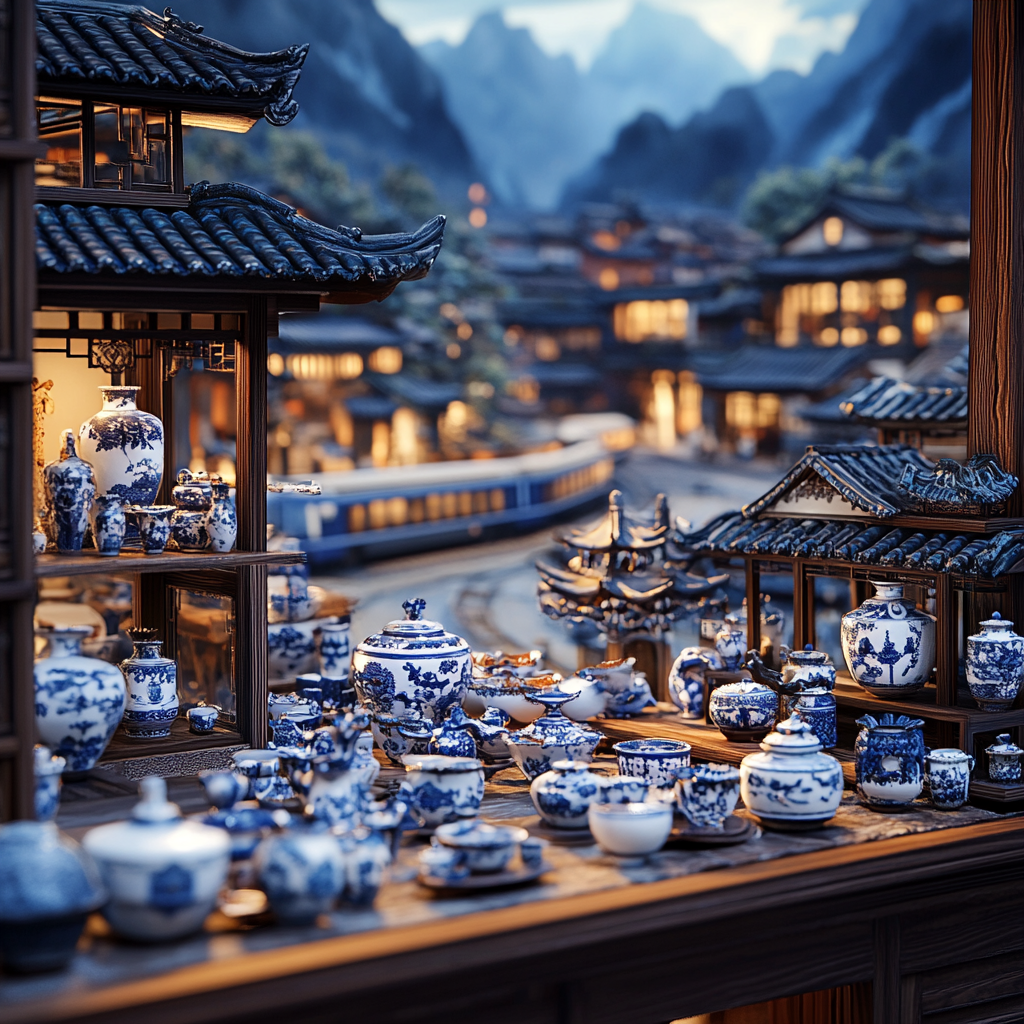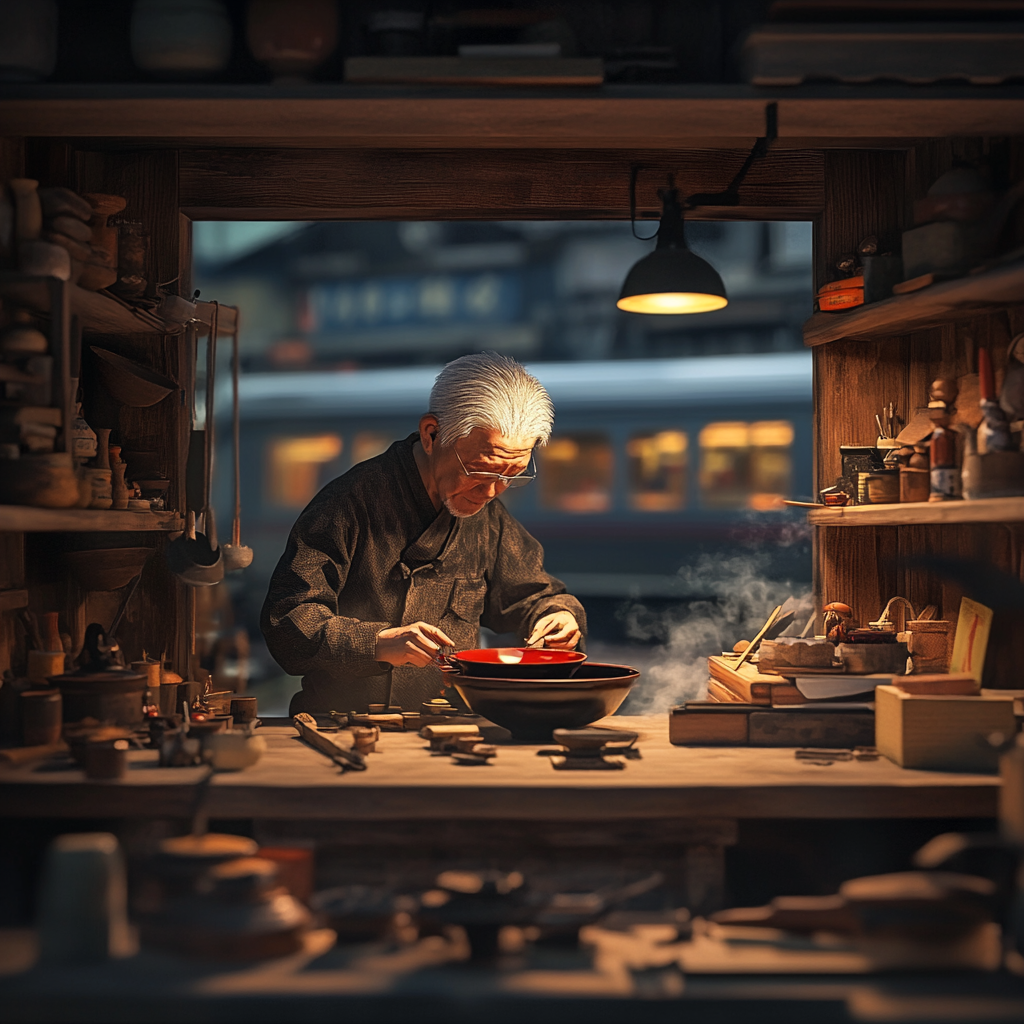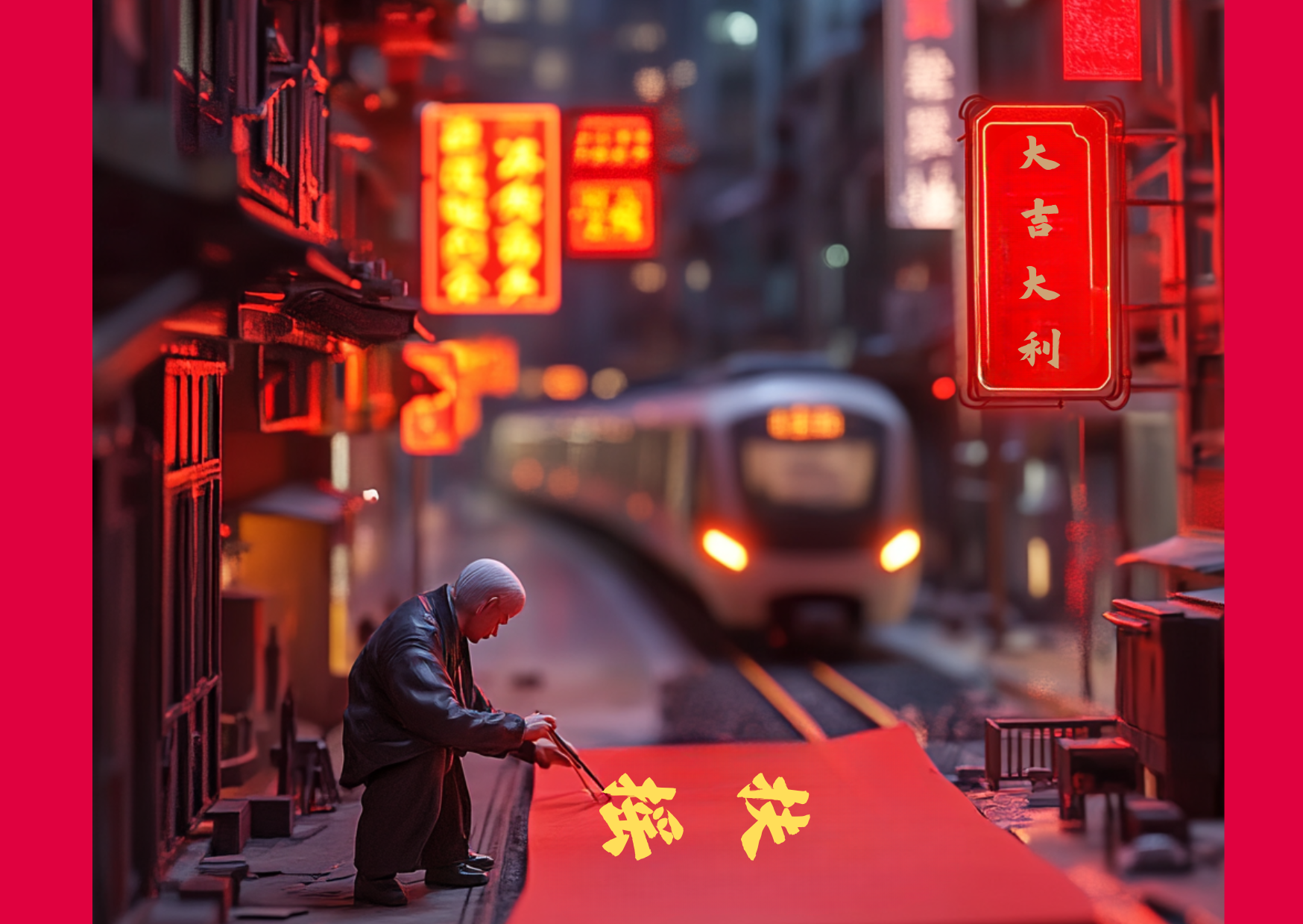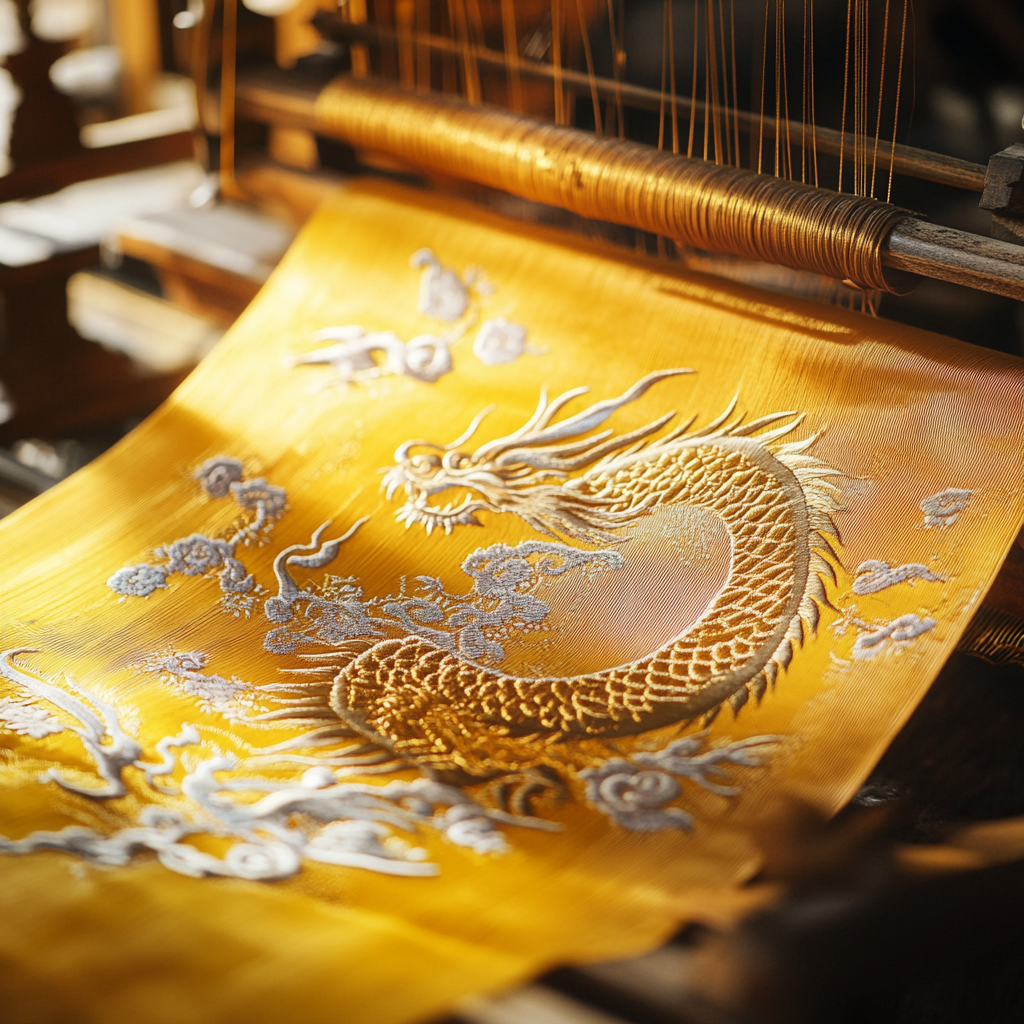红,是华夏文化中最炽热的色彩。本篇《赤心如焰》的灵感来自纪录片《寻色中国》第一集“红色”篇章,旨在从这抹千年之红中取意,书写一段从传统到现代的文化旅程。红在《说文解字》中被释为“帛赤白色”,象征火焰、血液与生命力,是古人寄托吉祥、祈愿安康的颜色命名。红,是《红楼梦》的主色调之一,书中共出现了十七种不同的红色名称,如大红、桃红、银红、绛红等,每一种红都透露着命运的起伏与人性的光影。在香港街头,写字佬华哥用手写红字为人书写祝福,“发财”、“大吉”、“大红大紫”等字句贴满街巷,红是生意的符号,也是市井之间的人情温度。如今,京港高铁贯通南北,把北方的典礼礼制与南方的城市烟火相连。红色早已超越节庆的意义,成为一个高速时代里最鲜明的情感记忆点。《赤心如焰》,是一篇献给红色的文字长卷,也是一场跨越时空的文化对话。Red is the most incandescent hue in Chinese culture. Inspired by Episode 1 (“Red”) of the documentary Seeking the Colors of China, Heart Aflame draws meaning from this millennium-old color to chart a journey from tradition to modernity. In the Shuowen Jiezi, red is defined as “the crimson-white of silk,” symbolizing flame, blood, and vital force—the color to which the ancients entrusted auspice and well-being.
Red is also one of the dominant tones in Dream of the Red Chamber, which names seventeen distinct reds—da hong (deep red), tao hong (peach), yin hong (silvered red), jiang hong (claret), and more—each shading the novel’s rises and falls of fate with light and shadow of the human heart. On Hong Kong’s streets, the hand-letterer Brother Wah writes blessings in red—“Prosper,” “Great Fortune,” “Brilliant Success”—pasting alleys with good wishes; here, red is both a sign of business and the warmth of everyday life.
Today, the Beijing–Hong Kong high-speed rail runs north to south, linking northern rites and ceremony with southern urban firelight. Red has long surpassed the confines of festival; it has become the most vivid emotional marker of a high-speed age. Heart Aflame is a long scroll dedicated to red—and a cultural dialogue that crosses time and space.

